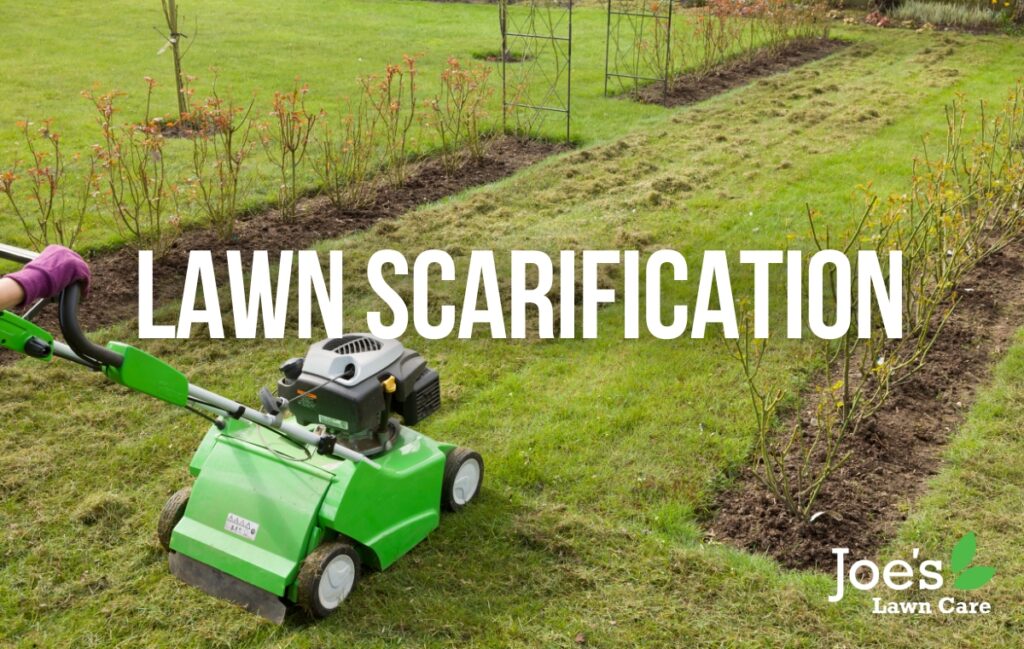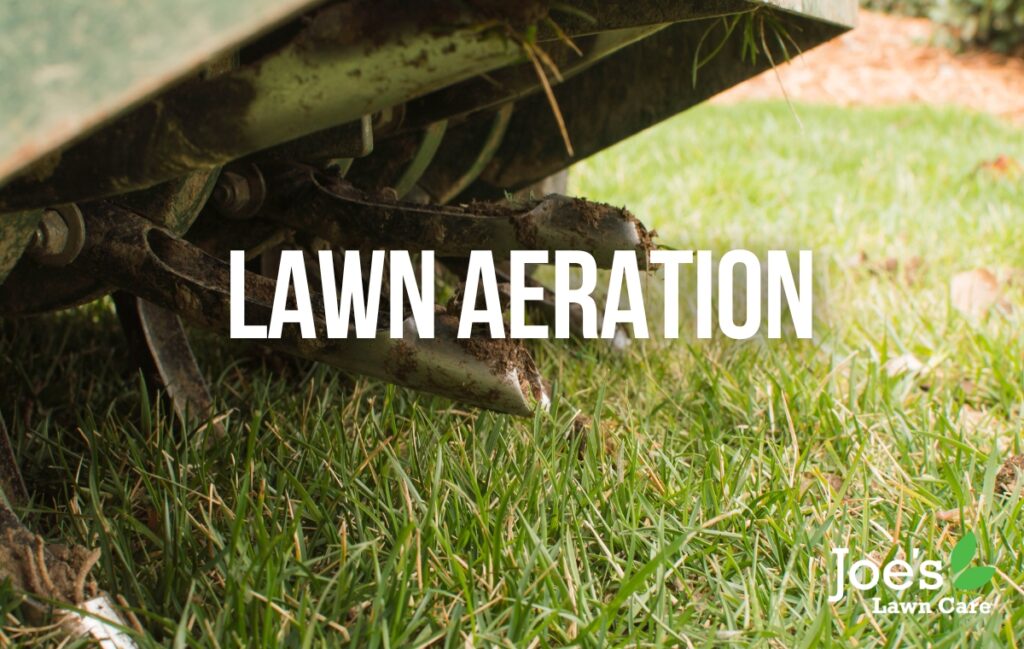Today, I woke up with a sudden realisation. Maybe not everyone knows what we’re talking about when we discuss their lawn and how we plan on making it thicker, lusher, greener and healthier. In fact, coming to think of it, we do remember a couple of customers eye’s glazing over, when we started to get into the more niche areas of turfgrass and lawn care. Especially when discussing lawn scarfication and aeration, two crucial lawn care treatments.
Of course, every “industry” has its own buzzwords, terminology and abbreviations. For an outsider or newbie it can be like trying to understand ancient hieroglyphics scrawled on a cave wall. But, for the sake of transparency, (and so you truly understand what we’re talking about when we get all passionate with our lawn care plans), we’re going to delve into a couple of uber-important lawn care terms. So you understand exactly why these are so good for you turf’s health.
Yepp. We’re talking about lawn Scarification and Aeration. Two of the most common techniques used to improve the health and appearance of lawns. Ready? Then let’s dive in:

What is Lawn Scarification?
To translate this one into Layman’s terms, lawn scarification is a process that involves removing dead grass, moss and other organic debris from the surface of your lawn (aka thatch). It is essential for your grass to thrive (but we’ll get more into that in a moment). As for the actual process, this is typically done using a machine called a scarifier or a lawn rake. The scarifier uses blades (also known as tines) to cut through the surface of the grass. Thus, removing any dead material that might be blocking the growth of healthy grass.
The Benefits of Lawn Scarification:
- Improved airflow and light penetration: Removing this dead material known as thatch from the surface of your soil. Allows air and sunlight to reach the roots, new shoots and base of your grass plants, promoting growth and photosynthesis.
- Reduced thatch build-up: Thatch is essentially a layer of dead material that accumulates on the surface of the lawn. It prevents essentials like air, water and nutrients from getting down to the root system. Scarification seriously helps reduce thatch build-up which will otherwise prevent those essential elements from reaching the roots of the grass.
- Improved drainage: Scarification’s other superpower is to help break up any compacted soil that may have occurred for whatever reason. This allows water to penetrate the soil more easily and reduce the risk of waterlogging.

When Should You Scarify Your Lawn?
Typically, lawn scarification is done in the spring and/or autumn, when your grass is actively growing. It can be a fairly aggressive process, so it’s important not to overdo it, which is where our team of grass experts come in. Not only will they perform this process at the perfect time, but they’ll do it in a way that protects your healthy grass in the process.
What is Lawn Aeration?
The other almost-essential lawn care technique to know about, adopt, celebrate and champion is known as lawn aeration. A process that involves creating small holes in the surface of the lawn to allow air, water and nutrients to penetrate more easily into the soil, as far down as your root system. After all, healthy roots, healthy grass – and healthy grass is the best defense from pests and diseases. We do this with an epic machine called a core aerator, which uses hollow tines to pull plugs out of the surface of the grass to create small holes.
The Benefits of Lawn Aeration
- Improved soil structure: Aeration is one of those little-secrets that can actually help break up any areas of compacted soil in a way that promotes the growth of healthy roots.
- Improved nutrient uptake: By creating these small holes in the surface of the lawn, aeration is seriously ace at allowing both water and nutrients to reach the roots of the grass more easily, establishing much healthier roots in the process.
- Improved drought resistance: The other superpower possessed by aeration is its ability to help reduce water runoff and improve your soil’s ability to retain moisture, making your lawn a lot more resistant to drought.
When Should You Aerate Your Lawn
Much like lawn scarification, aeration is typically done in the autumn or spring when the grass is actively growing. That said, it’s important to avoid aerating your lawn during periods of drought or when the soil is particularly wet, as this can cause unwanted damage to your grass. It’s also important to avoid over-aerating the lawn, as this can lead to damage to the roots and an increased risk of weed invasion. Basically, give us a call and we’ll take care of it all.
Thanks for reading our guide on understanding lawn scarification and aeration. For more lawn care tips and tricks, follow us on Facebook and Instagram.





